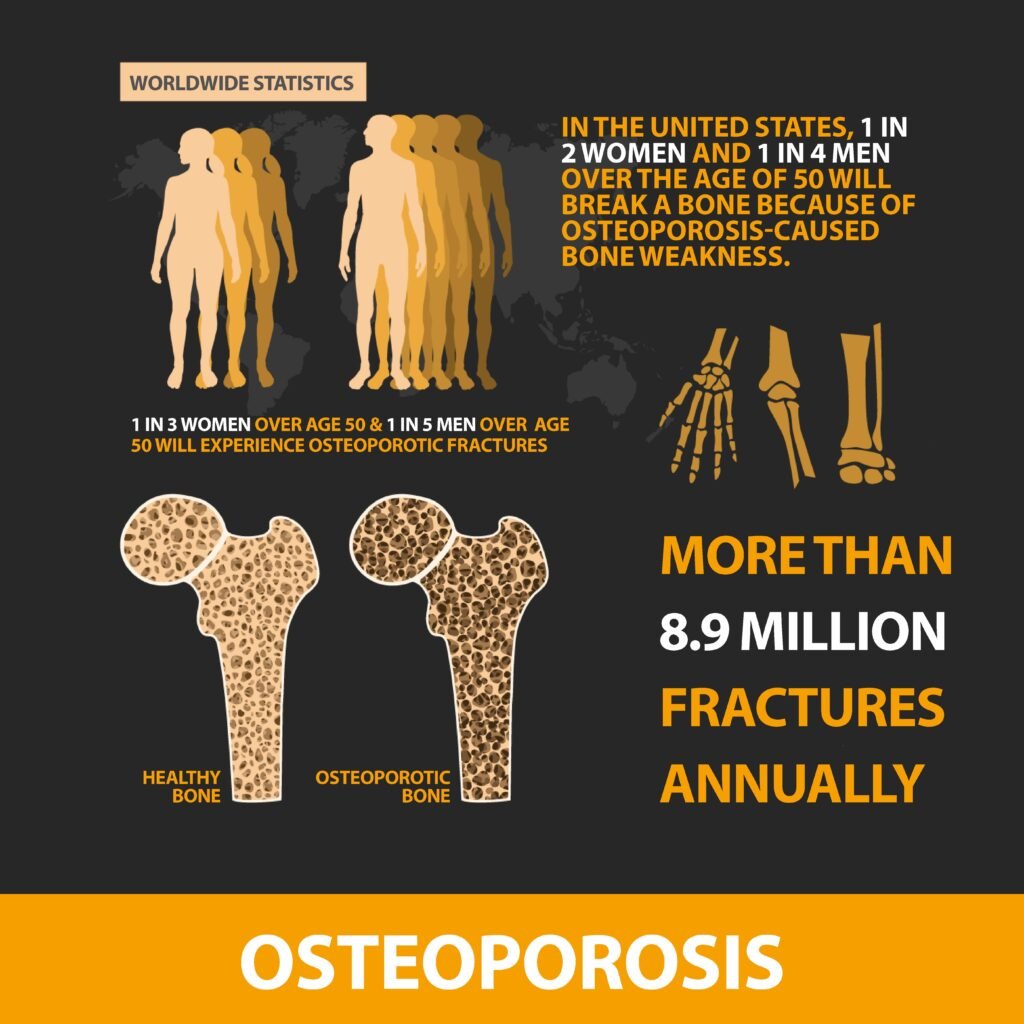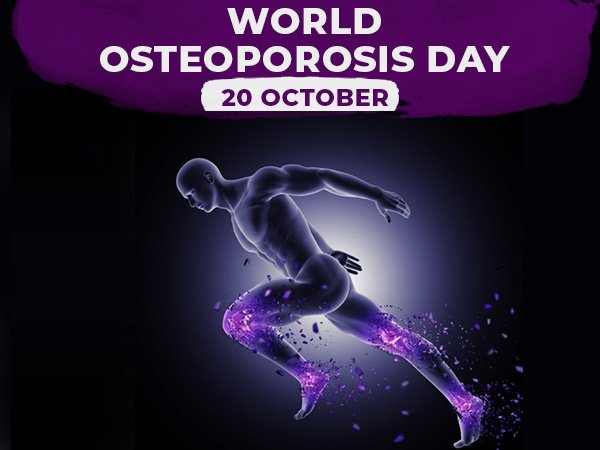What is osteoporosis day? Osteoporosis is a silent but profoundly impactful condition that affects millions of lives worldwide. It’s a disease characterized by weakened bones, making them fragile and more likely to break. Osteoporosis Day is a dedicated event that aims to shed light on this condition, raise awareness, and encourage proactive steps towards prevention and treatment.

Understanding Osteoporosis Day
Osteoporosis Day, observed annually on October 20th, is a day designated to promote awareness about osteoporosis, its prevention, diagnosis, and treatment. This initiative encourages individuals to understand the importance of bone health and take steps to protect their bones and prevent fractures.
The Impact of Osteoporosis on Lives
Osteoporosis isn’t just a medical condition; it profoundly affects the lives of those dealing with it. Fractures resulting from weak bones can lead to reduced mobility, chronic pain, and even disability. The emotional toll is equally significant, often causing anxiety and a fear of future fractures.
Raising Awareness: Osteoporosis Day’s Purpose
Osteoporosis Day serves as a platform to inform the public about the significance of bone health and the steps to take in preventing and managing osteoporosis. Through campaigns, events, and educational initiatives, people are educated about the risk factors, symptoms, and available treatments.
History and Significance of Osteoporosis Day
Osteoporosis Day was first observed in 1996, initiated by the United Kingdom’s National Osteoporosis Society. Over the years, it has gained international recognition, aiming to raise awareness on a global scale and reduce the impact of osteoporotic fractures.
How Osteoporosis Day is Celebrated Globally
Around the world, various organizations arrange events like health camps, awareness talks, workshops, and social media campaigns to educate people about osteoporosis. The goal is to reach a broader audience, spanning different age groups and demographics.
The Importance of Early Detection and Prevention
Early detection of osteoporosis is critical in effectively managing the disease. Regular bone density tests, a balanced diet rich in calcium and vitamin D, and an active lifestyle contribute significantly to prevention.
Risk Factors for Developing Osteoporosis
Certain factors like age, gender, family history, diet, and lifestyle choices can increase the risk of osteoporosis. Women, especially post-menopausal, are more susceptible to developing this condition.
Diagnosing Osteoporosis: Tests and Procedures
Bone density tests, including Dual-energy X-ray absorptiometry (DXA) scans, are commonly used to diagnose osteoporosis. These tests measure bone density and determine the risk of fractures.
Treatment and Management of Osteoporosis
Treatment involves a combination of medication, a healthy diet, exercise, and lifestyle modifications. Medications help in improving bone density, reducing the risk of fractures, and managing pain.
Living a Full Life with Osteoporosis
Despite the challenges, individuals with osteoporosis can lead fulfilling lives. Proper management, support from healthcare professionals, and a positive outlook are essential for maintaining an active and enjoyable lifestyle.
Osteoporosis Research and Advancements
Continued research on osteoporosis is crucial for better understanding and more effective treatments. Researchers are constantly striving to develop innovative therapies to improve the lives of those affected by this condition.
Building a Supportive Community: Osteoporosis Day Initiatives
Support groups and communities play a vital role in helping individuals cope with osteoporosis. Sharing experiences and knowledge creates a sense of belonging and provides emotional support.
Promoting Bone Health: Osteoporosis Day Campaigns
Numerous campaigns stress the importance of a calcium-rich diet, regular exercise, and lifestyle changes to maintain good bone health. These campaigns inspire people to prioritize bone health.
Conclusion
Osteoporosis Day serves as a poignant reminder of the importance of bone health and the impact osteoporosis can have on individuals and society. By spreading awareness, encouraging early detection, and advocating for a healthy lifestyle, we can collectively work towards reducing the prevalence and effects of this condition.
FAQs
- What are the common symptoms of osteoporosis? Osteoporosis often presents no symptoms until a fracture occurs. However, back pain, loss of height, and stooped posture may indicate the disease’s progression.
- Who is at a higher risk of developing osteoporosis? Women, especially post-menopausal, individuals with a family history, and those with a sedentary lifestyle or poor diet, are at a higher risk.
- Can osteoporosis be prevented? While it can’t be completely prevented, a healthy lifestyle, adequate calcium and vitamin D intake, and regular exercise can significantly reduce the risk of developing osteoporosis.
- Is osteoporosis treatable? Yes, osteoporosis is treatable. Medications, lifestyle changes, and proper medical care can help manage the condition effectively and reduce the risk of fractures.
- Can young adults develop osteoporosis? Although osteoporosis is more common in older adults, young adults can develop it, especially if they have specific risk factors or medical conditions that affect bone health.
